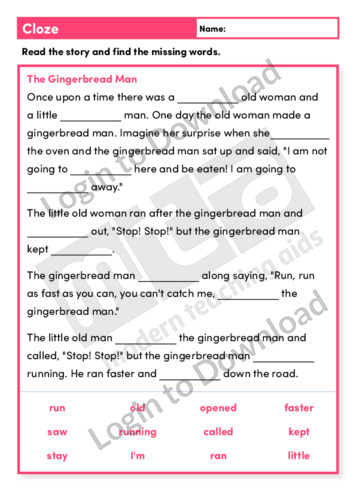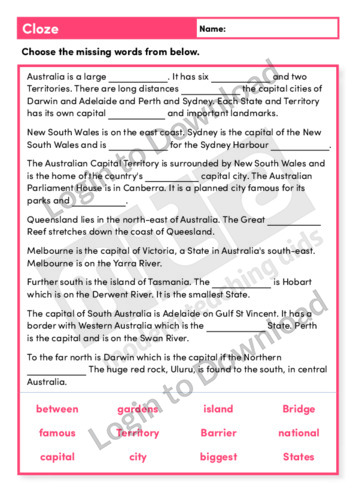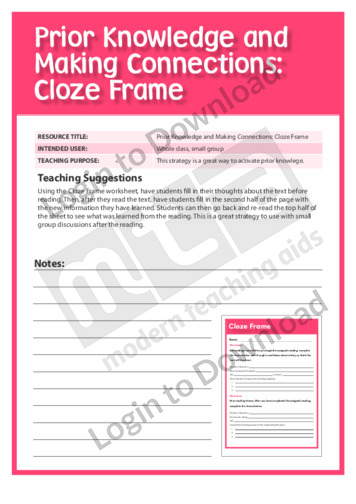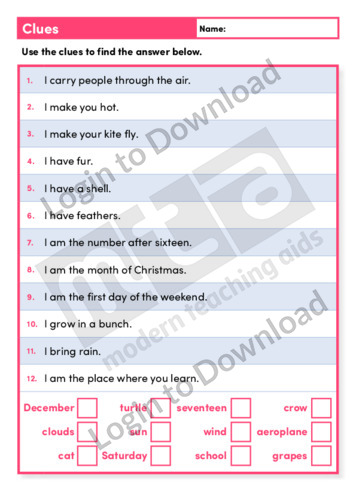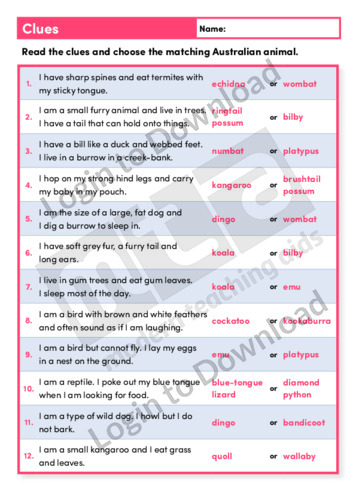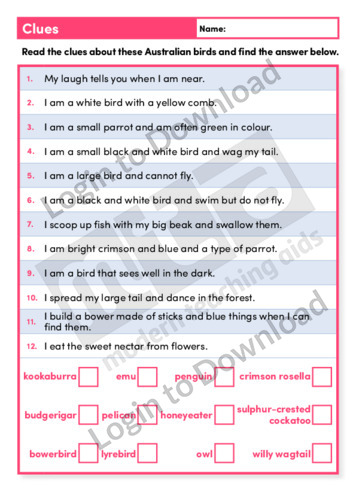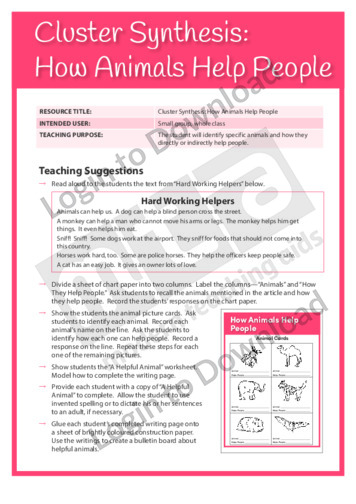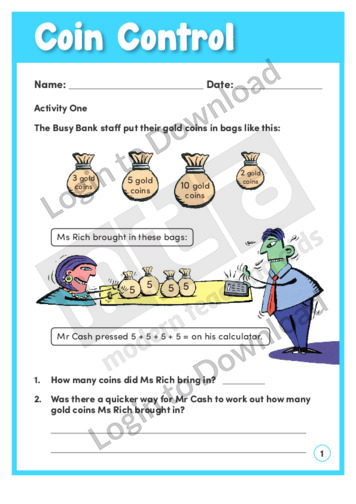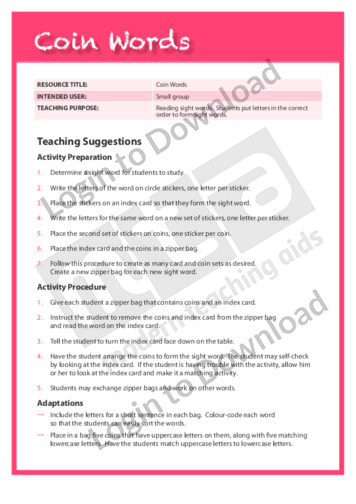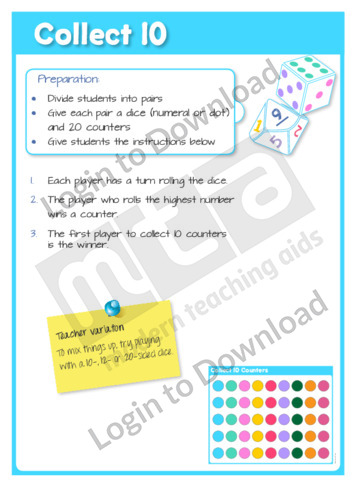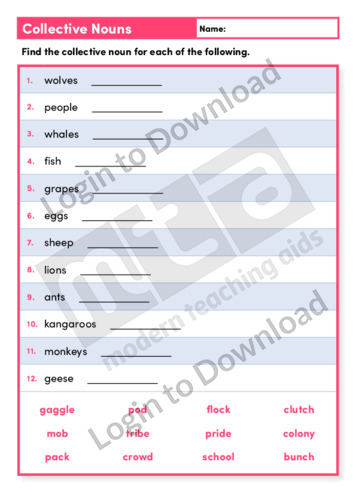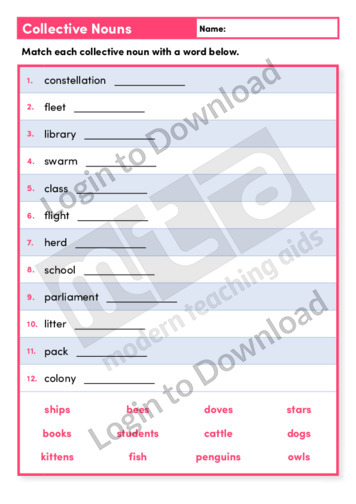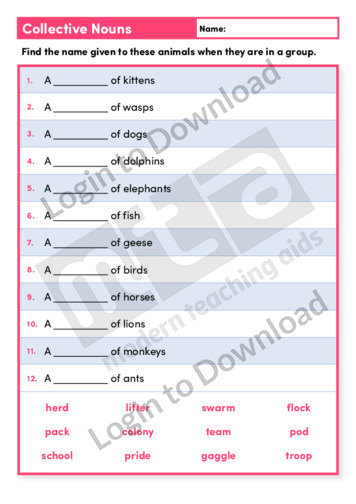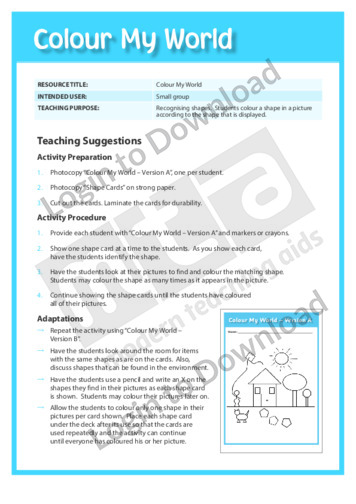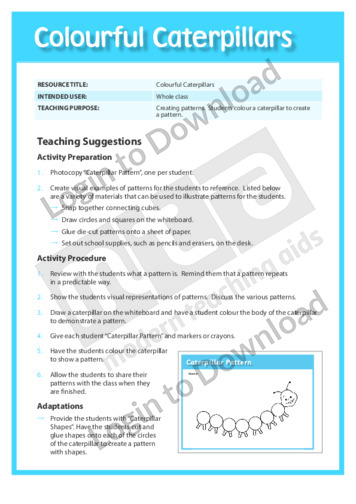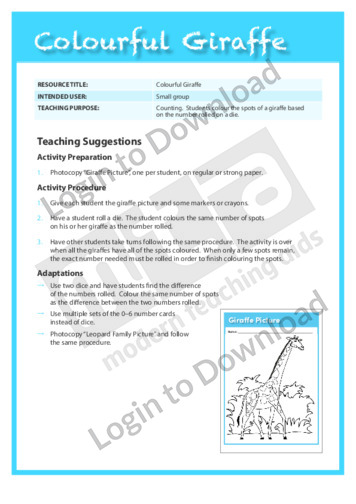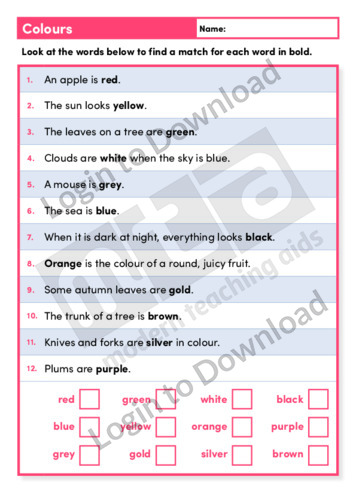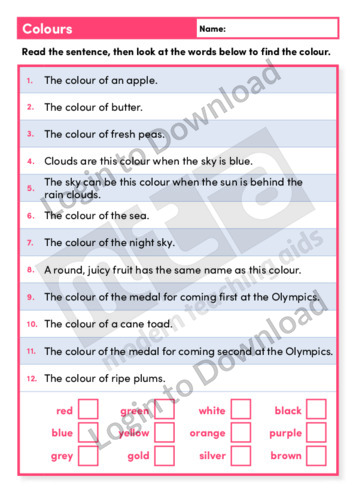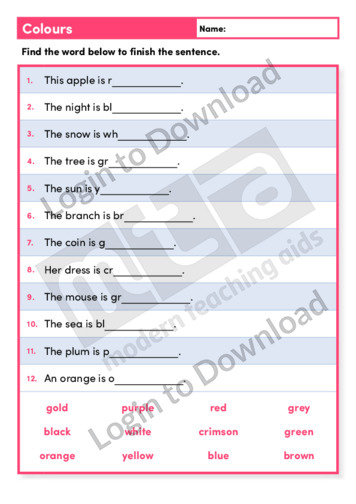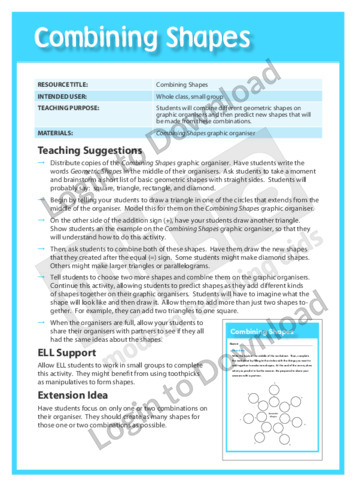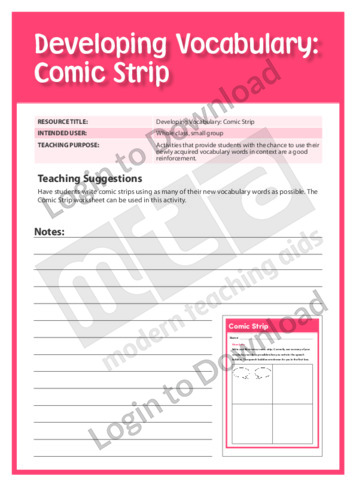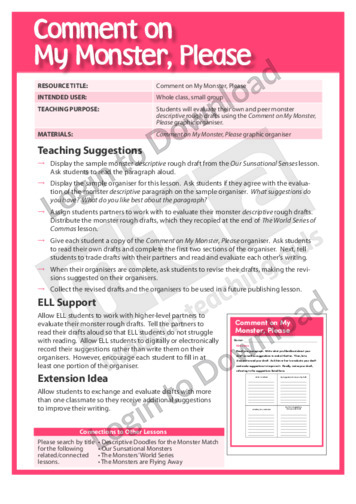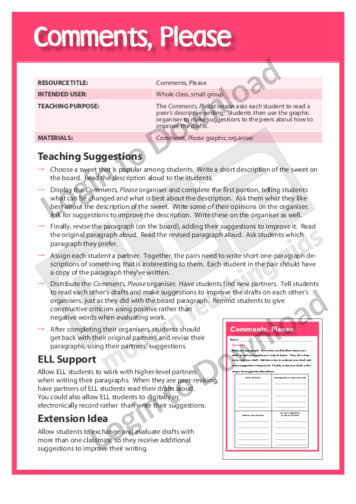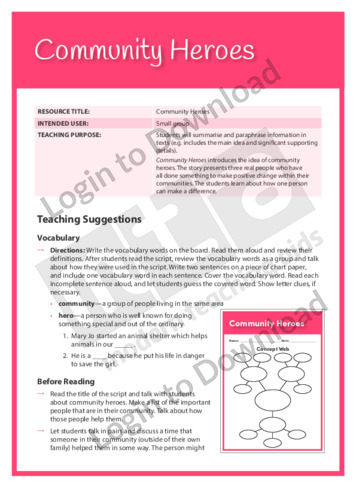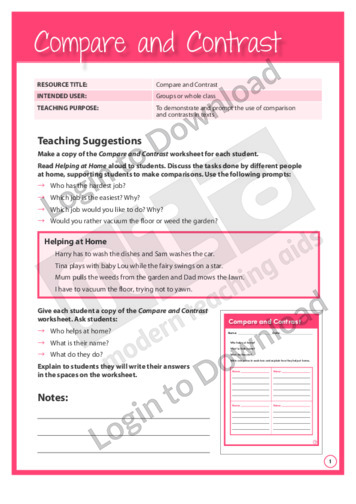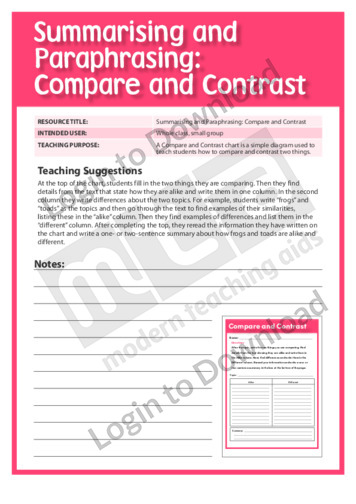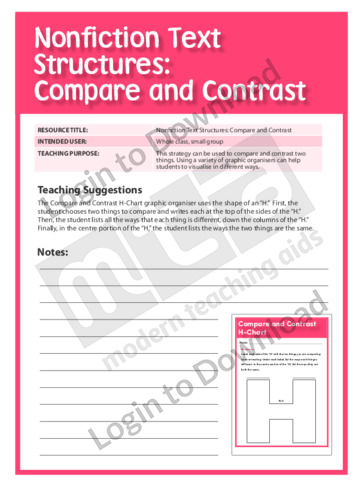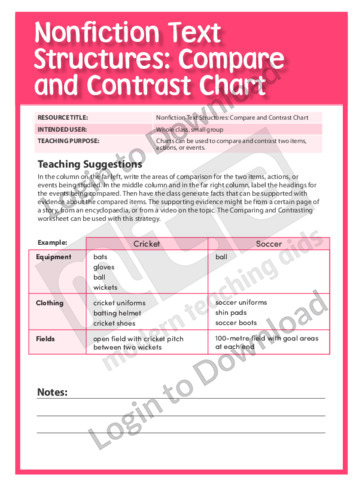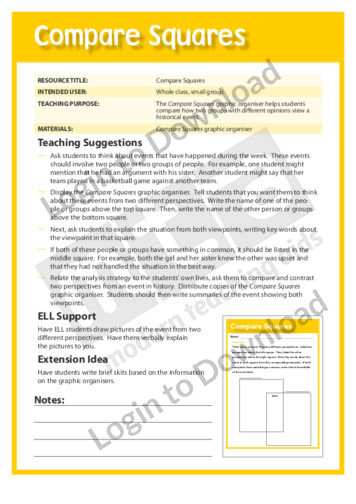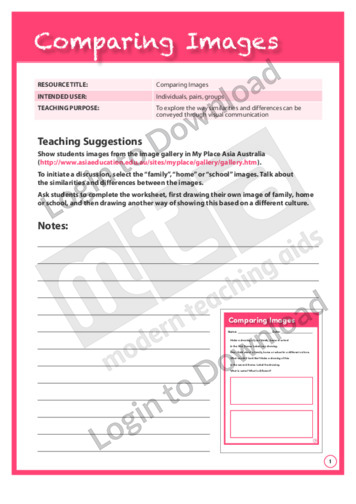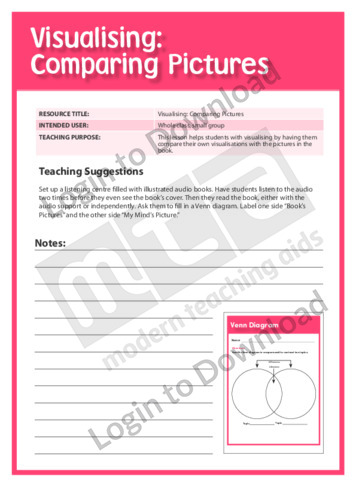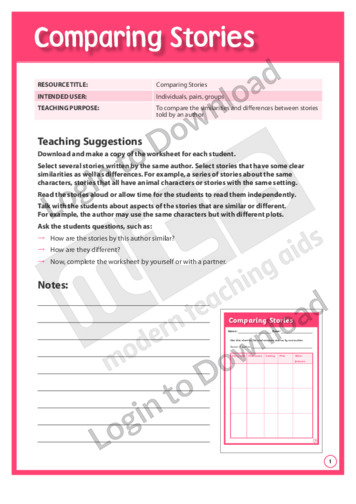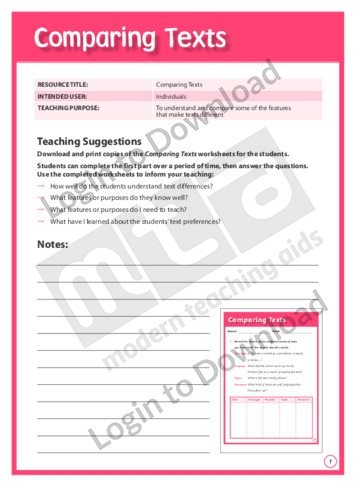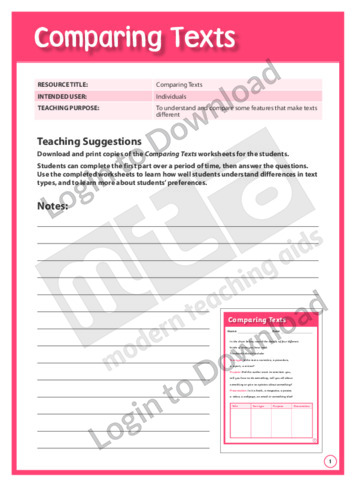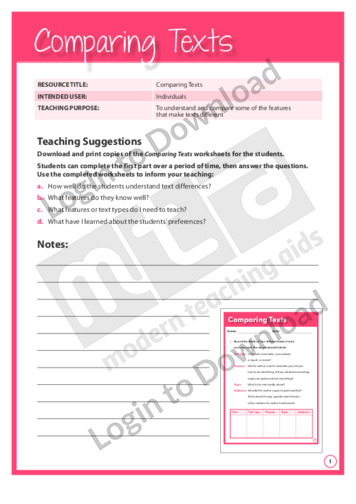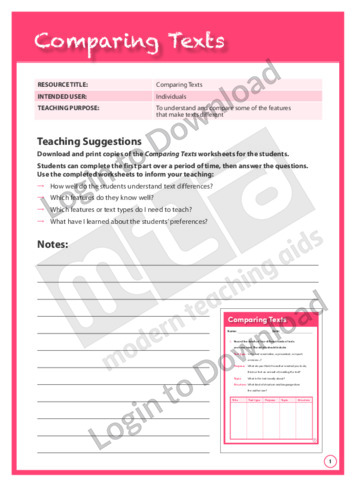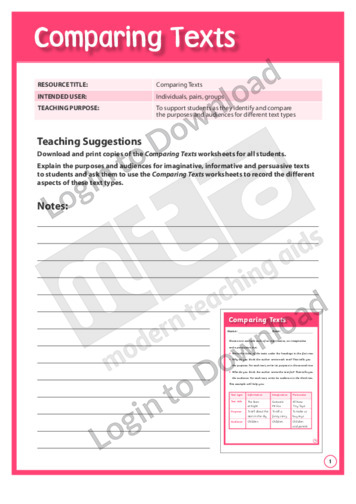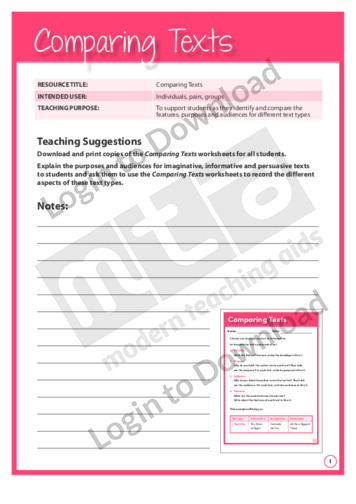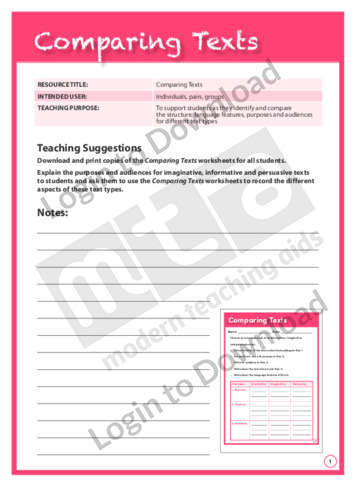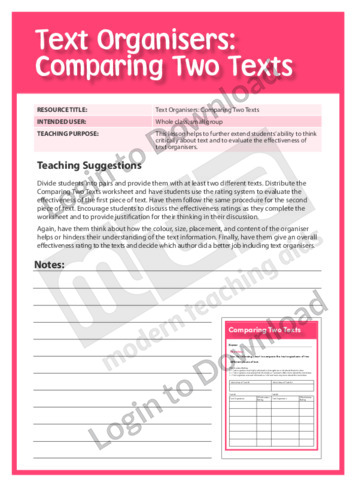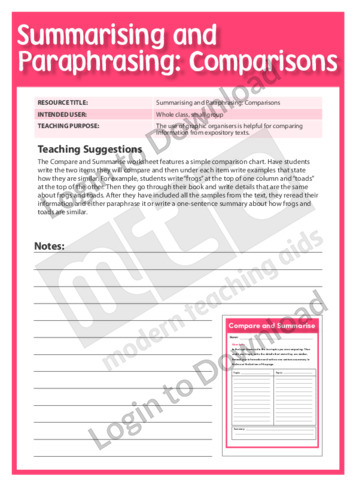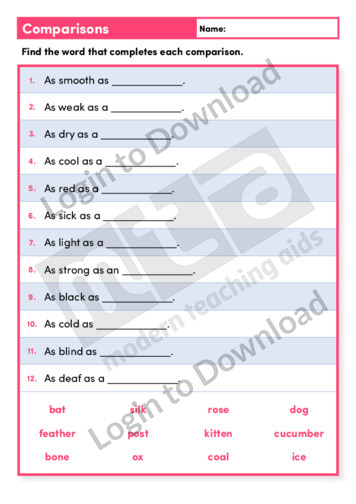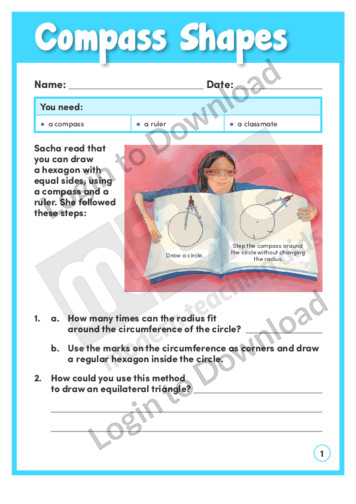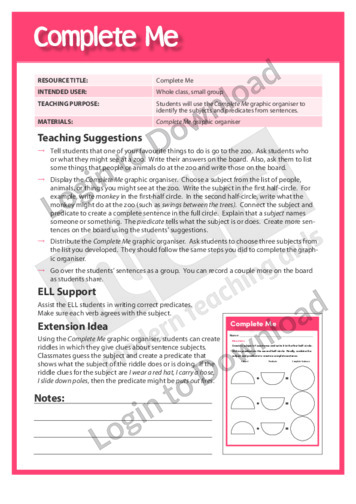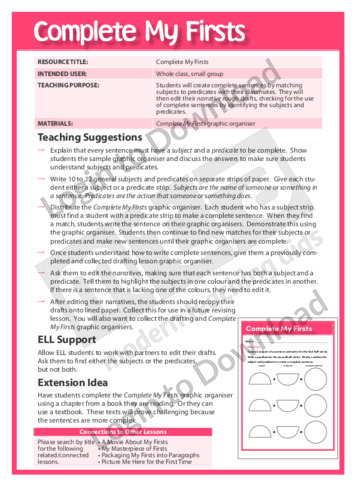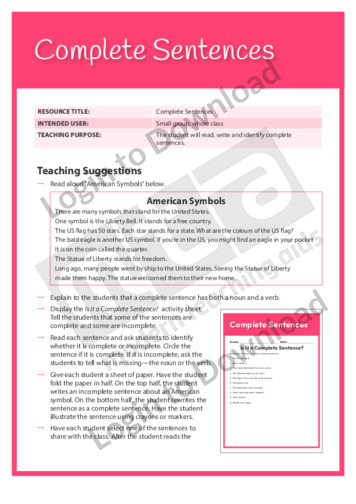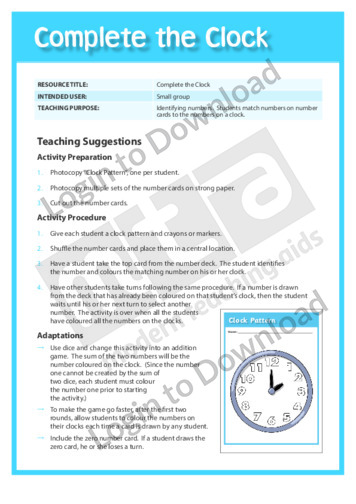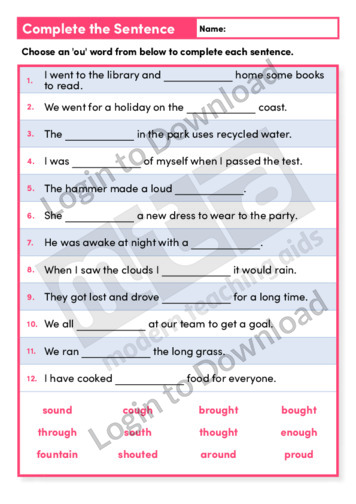This reading activity, ‘Cloze’ provides opportunities for practice with reading a story and finding the missing words that fit in accordingly.
This reading activity, ‘Cloze’ provides opportunities for practice with choosing the missing words to complete the paragraphs.
This reading activity, ‘Cloze’ provides opportunities for practice with finding the appropriate bird vocabulary to fill the blanks.
This content area reading learning activity, ‘Cloze Frame,’ can be used to activate prior knowledge. It has students record their thoughts about the text before reading and then record new information they have learned after reading.
This reading activity, ‘Clues’ provides opportunities for practice with word recognition and association with meanings.
This reading activity, ‘Clues’ provides opportunities for practice with identifying Australian animals from clues.
This reading activity, ‘Clues’ provides opportunities for practice with reading clues to find the appropriate animal to match.
This Writing Traits activity, ‘Cluster Synthesis: How Animals Help People’ supports students in learning to organise their writing ideas.
This Writing Traits activity, ‘Clustering Information: How I Get to School’ supports students in learning to organise their writing ideas.
This art project ‘Coffee Can Drum’ enables students to make drums out of coffee cans. It is aimed at developing students’ awareness of basic artistic procedures. It provides a list of materials, easy-to-follow step-by-step art instructions and a list of recommended art books.
This art project ‘Coffee Tray Gargoyles’ enables students to create gargoyles from take-away coffee trays. It is aimed at developing students’ awareness of basic artistic procedures. It provides a list of materials, easy-to-follow step-by-step art instructions, a recipe for papier mache pulp and a list of recommended art books.
This content area reading learning activity, ‘Cognitive Mapping,’ helps improve students’ ability to find the main idea and supporting details. It includes four different types of cognitive maps, which can be created by individual students, by small groups or by an entire class.
This written language activity, ‘Cohesive Links’ supports language development by encouraging students to explore the ways cohesion is maintained in texts, for example, by omitting or replacing words. It is aimed at developing students’ awareness of the use of general words, repetition, synonyms and antonyms as ways of creating cohesion.
In this learning activity, ‘Coin Control’, students must add up bags of gold coins at the Busy Bank. The aim is for students to connect operations of repeated addition with multiplication. An answer sheet is provided and includes teaching notes with suggestions for supporting learning and further exploration.
This reading activity, ‘Coin Words’ supports reading development by encouraging students to put letters in the correct order to form sight words. It is aimed at developing students’ awareness of sight words.
This maths activity, ‘Collect 10’ develops basic maths skills by encouraging students to practise place value, as part of a game played in pairs with a dice and counters. It includes six-sided numeral and dot dice templates, a 10-sided dot dice template and a page of counters that can be distributed to players.
This reading activity, ‘Collective Nouns’ provides opportunities for practice with finding the correct collective nouns for the groups of animals.
This vocabulary activity, ‘Collective Nouns’ supports vocabulary development by encouraging students to identify the appropriate collective and common nouns.
This vocabulary activity, ‘Collective Nouns’ supports vocabulary development by encouraging students to match collective nouns to their appropriate plural nouns.
This reading activity, ‘Collective Nouns’ provides opportunities for practice with using collective nouns with their correct group of animals.
This Beginning Maths activity, ‘Colour + One Attribute’ encourages students to identify, classify and sort objects into various categories.
This maths activity, ‘Colour My World’ develops basic maths skills by encouraging students to recognise shapes in different environments. It is aimed at developing students’ awareness of basic shapes. It provides shape pictures and shape cards.
This maths activity, ‘Colourful Caterpillar’ develops basic maths skills by encouraging students to colour a caterpillar to create a pattern. It is aimed at developing students’ awareness of basic patterns. It provides a caterpillar template and shape cards.
This art project ‘Colourful Coasters’ enables students to create coasters from recycled materials. It is aimed at developing students’ awareness of basic artistic procedures. It provides a list of materials, easy-to-follow step-by-step art instructions and a list of recommended art books.
This maths activity, ‘Colourful Giraffe’ develops basic maths skills by encouraging students to colour in spots based on the numbers rolled on a die. It is aimed at developing students’ knowledge of counting. It provides a giraffe picture, a leopard family picture and number cards.
This art project ‘Colourful Paper Masks’ enables students to create masks from paper and other commonplace materials. It is aimed at developing students’ awareness of basic artistic procedures. It provides a list of materials, easy-to-follow step-by-step art instructions and a list of recommended art books.
This vocabulary activity, ‘Colours’ supports vocabulary development by encouraging students to identify the correct colours in context.
This vocabulary activity, ‘Colours’ supports vocabulary development by encouraging students to identify colours from descriptions.
This reading activity, ‘Colours’ provides opportunities for practice with using colours to complete a sentence describing various nouns.
This content area reading learning activity, ‘Comic Strip,’ provides students with the chance to use new vocabulary words in context. It is aimed at reinforcing vocabulary acquisition through a fun and engaging activity.
This graphic organiser, ‘Comment on My Monster, Please’ supports students in editing and revising their descriptive monster writing through peer review and feedback.
This graphic organiser, ‘Comments, Please’ supports students in editing and revising their descriptive writing through peer review and feedback.
This Readers Theatre activity, ‘Community Heroes’ encourages students to summarise and paraphrase information in texts. It also builds reading fluency. This activity includes a script for 5 readers.
This oral language activity, ‘Compare and Contrast’ supports language development by encouraging students to explore the use of comparison and contrasts in texts. Students will complete an activity in which they compare and contrast the different tasks undertaken at home.
This content area reading learning activity, ‘Compare and Contrast,’ teaches students how to compare and contrast two things. It is aimed at developing students’ skills in summarising and paraphrasing.
This content area reading learning activity, ‘Compare and Contrast,’ helps activate students’ prior knowledge about a topic. It encourages students to compare and contrast new books with books they have read before, and information in nonfiction books with what they learned from doing things outside of school.
This content area reading learning activity, ‘Compare and Contrast,’ helps students compare and contrast two things. It is aimed at helping students see a visual representation of common elements.
This content area reading learning activity, ‘Compare and Contrast Chart,’ helps students compare and contrast two things. It is aimed at helping students see a visual representation of common elements.
This graphic organiser, ‘Compare Squares’ helps students compare how two groups with different opinions view a historical event.
This maths activity, ‘Comparing Hundreds’ develops basic maths skills by encouraging students to practise using three-digit numbers as part of an engaging game played as a class.
This written language activity, ‘Comparing Images’ supports language development by encouraging students to explore the way similarities and differences in their own and different cultures can be conveyed through visual communication.
This content area reading learning activity, ‘Comparing Pictures,’ has students compare their own visualisations with the pictures in the book. It has students listen to an audio book before reading the book, and then use a Venn diagram to compare what the visualised from the audio with the pictures in the book.
This written language activity, ‘Comparing Stories’ supports language development by encouraging students to compare the similarities and differences between different stories told by one author.
This written language activity, ‘Comparing Texts’ (Level 6) supports language development by encouraging students to understand, compare and record some of the features that make texts different, such as text type, purpose, topic and structure.
This written language activity, ‘Comparing Texts’ Level 3 supports language development by encouraging students to understand, compare and record some features that make texts different, such as text type, purpose and presentation.
This written language activity, ‘Comparing Texts’ (Level 4) supports language development by encouraging students to understand, compare and record some of the features that make texts different, such as text type, purpose, topic and audience.
This written language activity, ‘Comparing Texts’ (Level 5) supports language development by encouraging students to understand, compare and record some of the features that make texts different, such as text type, purpose, topic and structure.
This written language activity, ‘Comparing Texts’ Level 3 supports language development by encouraging students to identify and compare the purposes and audiences for different text types. It is aimed at developing students’ awareness of the differences between the purpose and audience of imaginative, informative and persuasive texts.
This written language activity, ‘Comparing Texts’ (Level 4) supports language development by encouraging students to identify and compare the features, purposes and audiences for different text types. It is aimed at developing students’ awareness of the differences between the purpose and audience of imaginative, informative and persuasive texts.
This written language activity, ‘Comparing Texts’ (Level 5) supports language development by encouraging students to identify and compare the structure, language features, purposes and audiences for different text types. It is aimed at developing students’ awareness of the different aspects of imaginative, informative and persuasive texts.
This content area reading learning activity, ‘Comparing Two Texts,’ helps to further extend students’ ability to think critically about text. It is aimed at teaching students how to evaluate the effectiveness of text organisers by thinking about how the colour, size, placement and content of the organiser helps or hinders their understanding of the text …More
This content area reading learning activity, ‘Comparisons,’ helps students compare information from expository texts. It is aimed at developing students’ skills in summarising by having them use a graphic organiser to record important details from the text.
This vocabulary activity, ‘Comparisons’ supports vocabulary development by encouraging students to create similes using ‘as’.
The learning activity, ‘Compass Shapes’ is also a learning activity students can share. They use the properties of a circle to make designs with a compass then give classmates instructions to follow their steps and make their own designs. An answer sheet is provided and includes teaching notes with suggestions for supporting learning and further …More
This graphic organiser, ‘Complete Me’ asks students to identify the subject and predicates within sentences.
This graphic organiser, ‘Complete My Firsts’ supports students in matching subjects and predicates and then to review their draft writing, focusing on subjects and predicates to ensure complete sentences.
This Writing Traits activity, ‘Complete Sentences’ encourages students to select read, write, and identify complete sentences.
This maths activity, ‘Complete the Clock’ develops basic maths skills by encouraging students to identify and match number cards to numbers on a clock. It is aimed at developing students’ awareness of numbers 1 to 12. It provides number cards, a clock template and a calculator template.
This spelling activity, ‘Complete the Sentence’ provides opportunities for practice with choosing the correctly spelt ‘ou’ word to complete the sentences.
It�s that easy!

